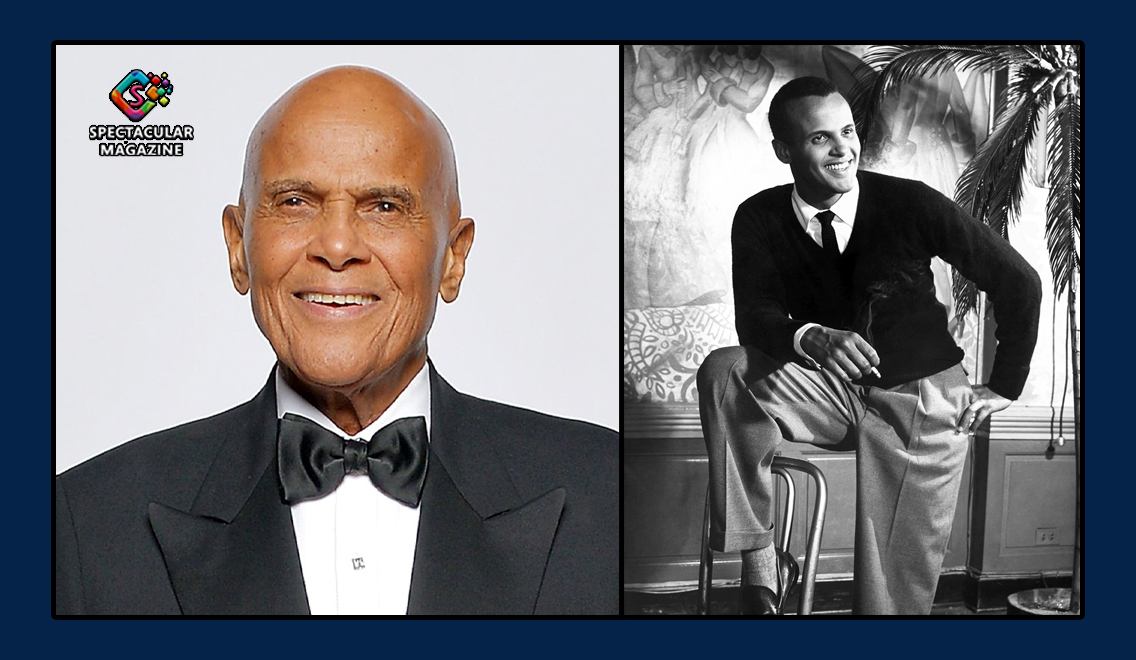Harry Belafonte, Barrier-Breaking Singer, Actor, and Civil Rights Activist, Dies At 96
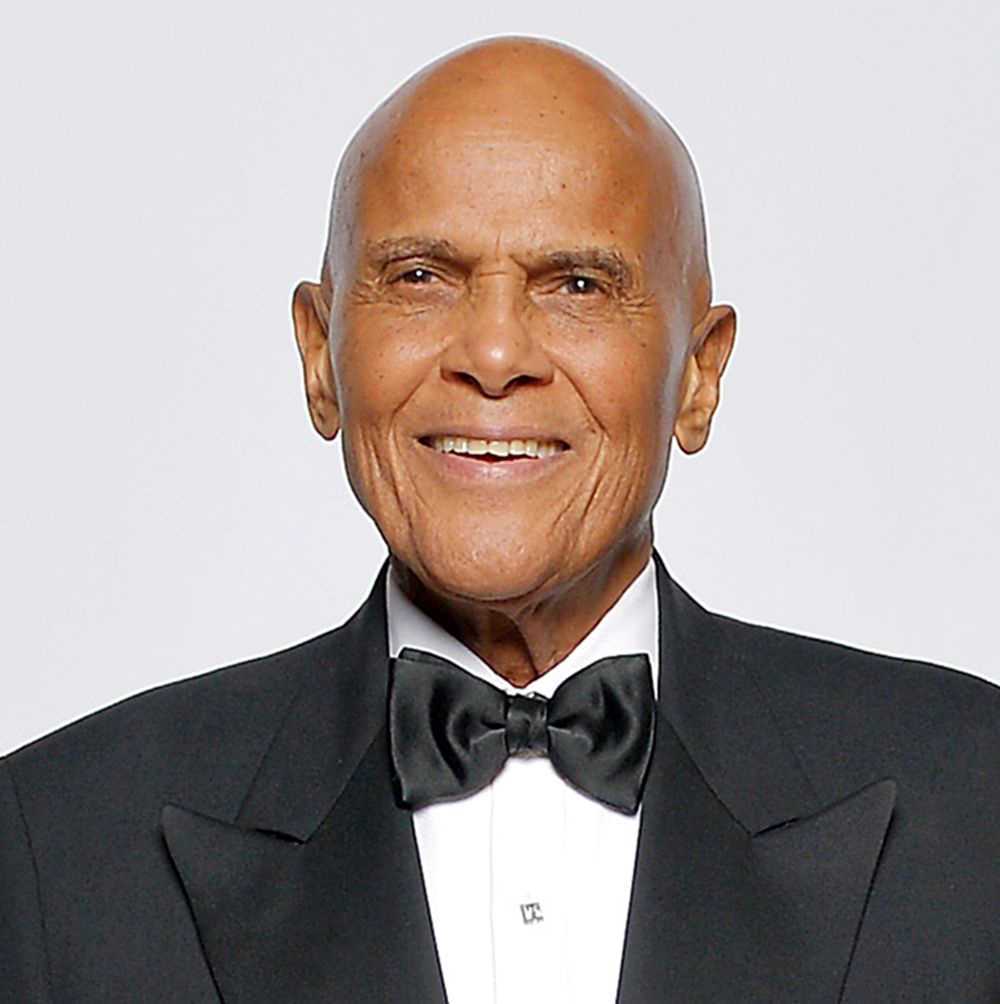
NEW YORK, NY – Harry Belafonte, who stormed the pop charts and smashed racial barriers in the 1950s with his highly personal brand of folk music, and who went on to become a major force in the civil rights movement, died on Tuesday (April 25) at his home on the Upper West Side of Manhattan. He was 96.
The cause was congestive heart failure, said Ken Sunshine, his longtime spokesman.
At a time when segregation was still widespread and Black faces were still a rarity on screens large and small, Mr. Belafonte’s ascent to the upper echelon of show business was historic. He was not the first Black entertainer to transcend racial boundaries; Louis Armstrong, Ella Fitzgerald, and others had achieved stardom before him. But none had made as much of a splash as he did, and for a few years no one in music, Black or white, was bigger.
Born in Harlem to West Indian immigrants, he almost single-handedly ignited a craze for Caribbean music with hit records like “Day-O (The Banana Boat Song)” and “Jamaica Farewell.” His album “Calypso,” which contained both those songs, reached the top of the Billboard album chart shortly after its release in 1956 and stayed there for 31 weeks. Coming just before the breakthrough of Elvis Presley, it was said to be the first album by a single artist to sell more than a million copies.
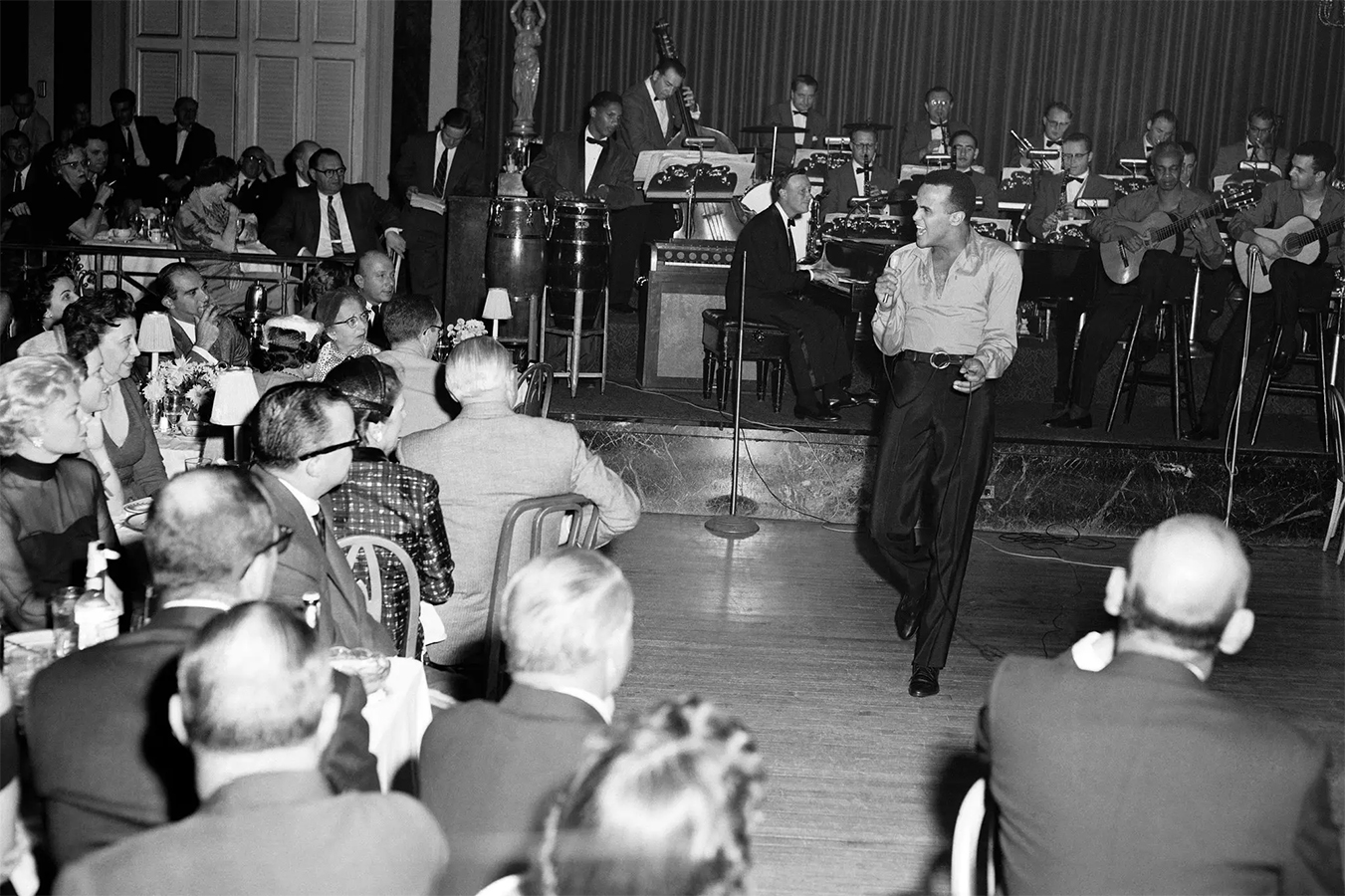
He was equally successful as a concert attraction: Handsome and charismatic, he held audiences spellbound with dramatic interpretations of a repertoire that encompassed folk traditions from all over the world — rollicking calypsos like “Matilda,” work songs like “Lead Man Holler,” tender ballads like “Scarlet Ribbons.” By 1959 he was the most highly-paid Black performer in history, with fat contracts for appearances in Las Vegas, at the Greek Theater in Los Angeles, and at the Palace in New York.
Success as a singer led to movie offers, and Mr. Belafonte soon became the first Black actor to achieve major success in Hollywood as a leading man. His movie stardom was short-lived, though, and it was his friendly rival Sidney Poitier, not Mr. Belafonte, who became the first bona fide Black matinee idol.
But making movies was never Mr. Belafonte’s priority, and after a while neither was making music. He continued to perform into the 21st century and to appear in movies as well (although he had two long hiatuses from the screen), but his primary focus from the late 1950s was civil rights.
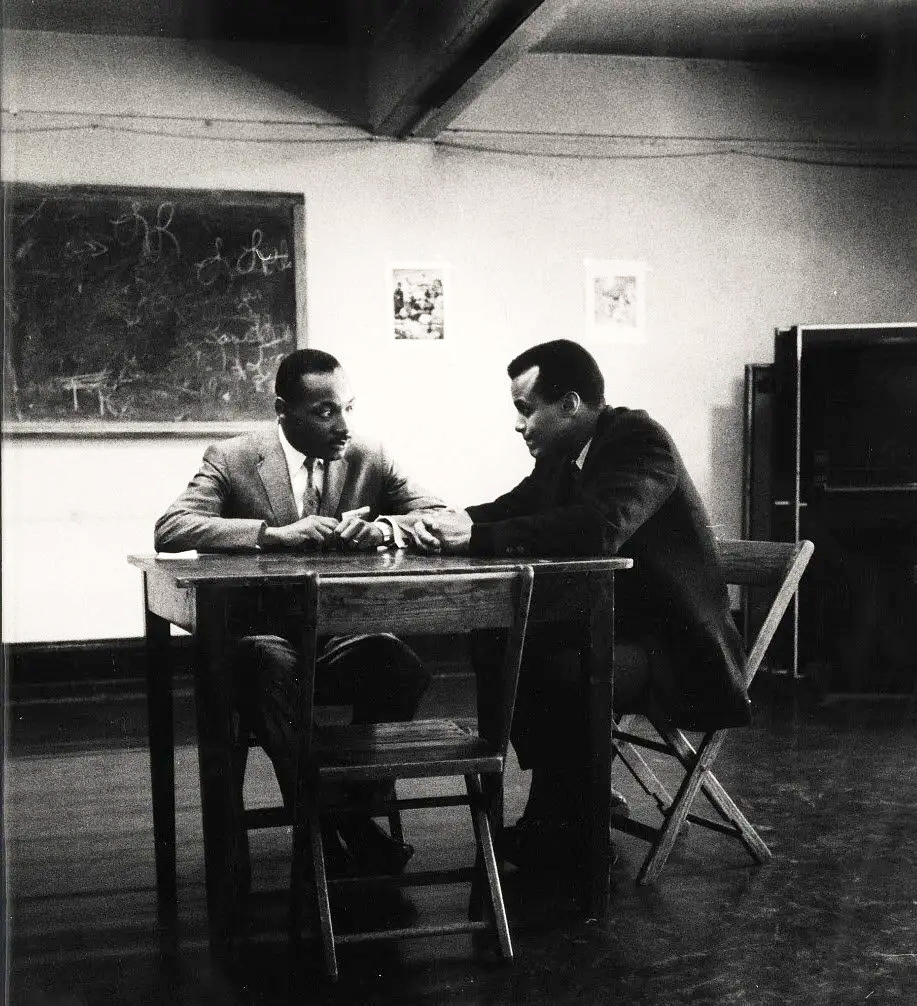
Early in his career, he befriended the Rev. Dr. Martin Luther King Jr. and became not just a lifelong friend but also an ardent supporter of Dr. King and the quest for racial equality he personified. He put up much of the seed money to help start the Student Nonviolent Coordinating Committee and was one of the principal fund-raisers for that organization and Dr. King’s Southern Christian Leadership Conference.
He provided money to bail Dr. King and other civil rights activists out of jail. He took part in the March on Washington in 1963. His spacious apartment on West End Avenue in Manhattan became Dr. King’s home away from home. And he quietly maintained an insurance policy on Dr. King’s life, with his family as the beneficiary, and donated his own money to make sure the family was taken care of after Dr. King was assassinated in 1968.
(Nonetheless, in 2013 he sued Dr. King’s three surviving children in a dispute over documents that Mr. Belafonte said were his property and the children said belonged to the King estate. The suit was settled the next year, with Mr. Belafonte retaining possession.)
In an interview with The Washington Post a few months after Dr. King’s death, Mr. Belafonte expressed ambivalence about his high profile in the civil rights movement. He would like, he said, to “be able to stop answering questions as though I were a spokesman for my people,” adding, “I hate marching, and getting called at 3 a.m. to bail some cats out of jail.” But, he said, he accepted his role.
In the same interview, he noted ruefully that although he sang music with “roots in the Black culture of American Negroes, Africa, and the West Indies,” most of his fans were white. As frustrating as that may have been, he was much more upset by the racism that he confronted even at the height of his fame.
His role in the 1957 movie “Island in the Sun,” which contained the suggestion of a romance between his character and a white woman played by Joan Fontaine, generated outrage in the South; a bill was even introduced in the South Carolina Legislature that would have fined any theater showing the film. In Atlanta for a benefit concert for the Southern Christian Leadership Conference in 1962, he was twice refused service in the same restaurant. Television appearances with white female singers — Petula Clark in 1968, Julie Andrews in 1969 — angered many viewers and, in the case of Ms. Clark, threatened to cost him a sponsor.
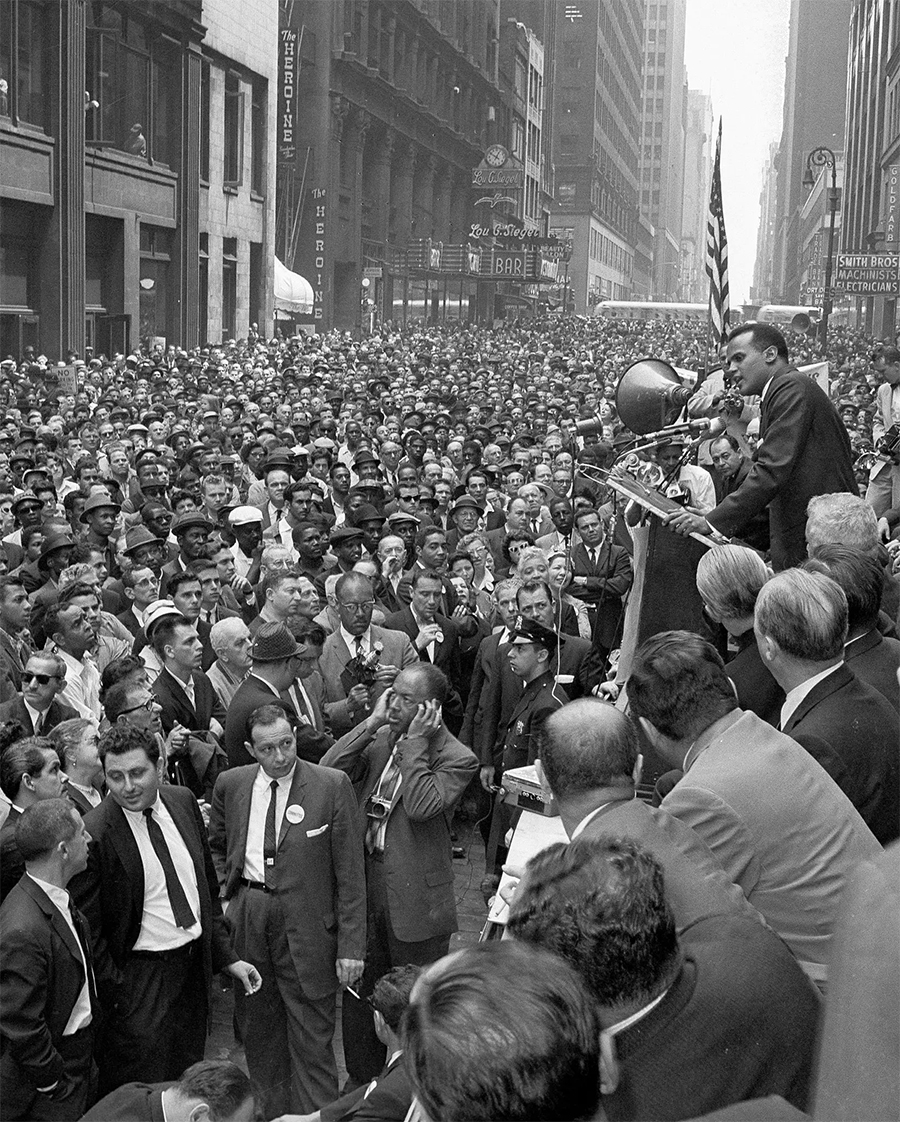
He sometimes drew criticism from Black people, including the suggestion early in his career that he owed his success to the lightness of his skin (his paternal grandfather and maternal grandmother were white). When he divorced his wife in 1957 and married Julie Robinson, who had been the only white member of Katherine Dunham’s dance troupe, The Amsterdam News wrote, “Many Negroes are wondering why a man who has waved the flag of justice for his race should turn from a Negro wife to a white wife.”
When RCA Victor, his record company, promoted him as the “King of Calypso,” he was denounced as a pretender in Trinidad, the acknowledged birthplace of that highly rhythmic music, where an annual competition is held to choose a calypso king.
He himself never claimed to be a purist when it came to calypso or any of the other traditional styles he embraced, let alone the king of calypso. He and his songwriting collaborators loved folk music, he said but saw nothing wrong with shaping it to their own ends.
Harold George Bellanfanti Jr. was born on March 1, 1927, in Harlem. His father, who was born in Martinique (and later changed the family name), worked occasionally as a chef on merchant ships and was often away; his mother, Melvine (Love) Bellanfanti, born in Jamaica, was a domestic.
In 1936 he, his mother, and his younger brother, Dennis, moved to Jamaica. Unable to find work there, his mother soon returned to New York, leaving him and his brother, he later recalled, to be looked after by relatives who were either “unemployed or above the law.” They rejoined her in Harlem in 1940.
Mr. Belafonte dropped out of George Washington High School in 1944 and enlisted in the Navy, where he was assigned to load munitions aboard ships. Black shipmates introduced him to the works of W.E.B. Du Bois and other African American authors and urged him to study Black history.
He received further encouragement from Marguerite Byrd, the daughter of a middle-class Washington family, whom he met while he was stationed in Virginia and she was studying psychology at the Hampton Institute (now Hampton University). They married in 1948.
He and Ms. Byrd had two children, Adrienne Biesemeyer and Shari Belafonte, who survive him, as do his two children with Ms. Robinson, Gina Belafonte, and David; and eight grandchildren. He and Ms. Robinson divorced in 2004, and he married Pamela Frank, a photographer, in 2008, and she survives him, too, along with a stepdaughter, Sarah Frank; a stepson, Lindsey Frank; and three step-grandchildren.
This article first appeared on www.nytimes.com


